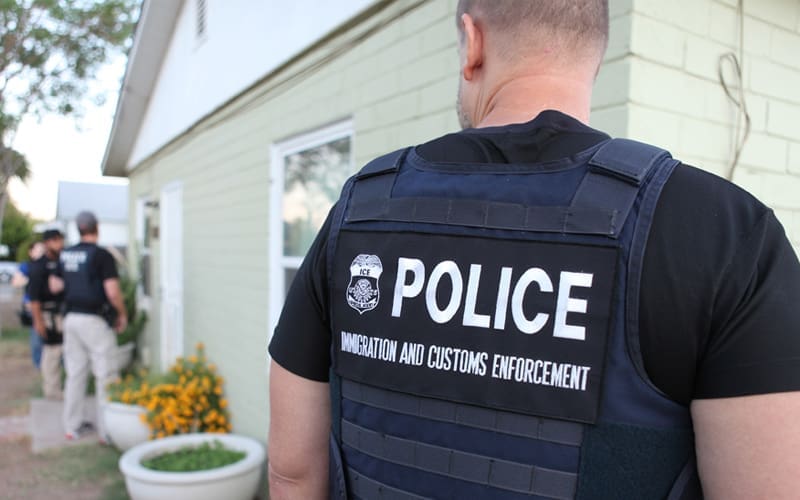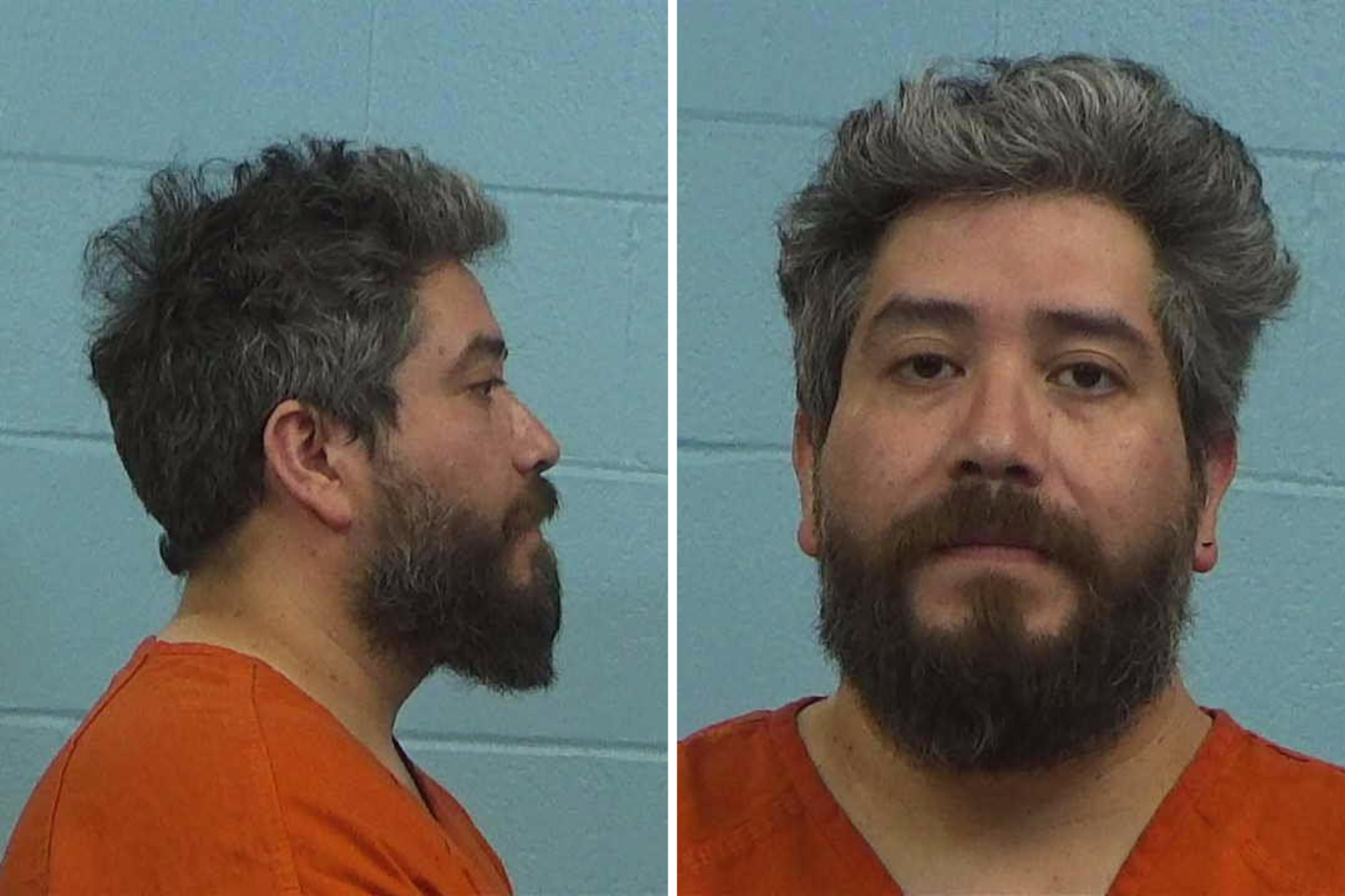Goliad and Smith counties along with the Texas attorney general’s office have joined ICE’s 287(g) Task Force Model, a program that allows ICE to collaborate with local law enforcement to identify and remove illegal aliens.
The Task Force Model, discontinued in 2012 under the Obama administration, allowed local officers to arrest suspected immigration law violators during routine encounters.
On his first day in office, Trump issued an executive order reinstating the Task Force Model. Since then, 12 U.S. law enforcement agencies have officially joined 287(g) programs, while some remain pending.
Only 26 of Texas’ 254 counties—10 percent—participate in any 287(g) program despite border enforcement remaining the Republican Party of Texas’ top legislative priority.
In addition to the Task Force Model, two other 287(g) programs—the Jail Enforcement Model and the Warrant Service Officer—are in place.
The Jail Enforcement Model allows “trained and authorized law enforcement officers to identify noncitizens already arrested who have criminal convictions or pending criminal charges.” They can issue detainers, serve warrants, and prepare documents for removal proceedings.
The Warrant Service Officer is more limited. The WSO can execute “administrative warrants for civil immigration violations to designated noncitizens incarcerated in their [local] facility who have already been identified by ICE as being potentially removable.”
Aside from Smith and Goliad counties, the other 24 Texas counties participating in these two programs are Aransas, Burnet, Calhoun, Chambers, DeWitt, Galveston, Jackson, Kendall, Kleberg, Lavaca, Lubbock, Matagorda, Montgomery, Nueces, Potter, Refugio, Rockwall, San Patricio, Tarrant, Terrell, Victoria, Walker, Waller, and Wharton.
Smith County Sheriff Larry Smith said most sheriffs may not know about the newly revamped Task Force Model or how the 287(g) enrollment process works. Smith, a former Sheriffs’ Association of Texas president, learned of the Task Force Model from its executive director.
Although Texas Gov. Greg Abbott’s executive order “directs the Department of Homeland Security ‘to authorize State and local law enforcement officials … to perform the functions of immigration officers,’ either through agreements under 287(g) of the INA (8 U.S.C. 1357(g)) or otherwise,” it does not require a county to join the program.
ICE will reimburse participating counties for officer training, certain IT infrastructure, and travel for training.
Florida currently leads the nation in number of enrolled counties, with 47 of 67—70 percent—enrolled in 287(g) programs. A new state law will require all remaining Florida counties to enroll by April 1.
Taking a page from Florida, State Rep. David Spiller (R–Jacksboro) introduced House Bill 2361, which requires law enforcement agencies at the county and municipal levels to apply for and, if approved, participate in 287(g) agreements. In the Senate, State Sen. Charles Schwertner (R–Georgetown) introduced Senate Bill 658, which requires Texas’ 23 counties with more than 250,000 residents to enter a 287(g) agreement. Smaller counties could also opt in and receive grant incentives.
Sheriff Roy Boyd, who created the Operation Lone Star Task Force, said he contacted all 52 participating agencies asking them to join the 287(g) program immediately.
“We need full participation,” said Boyd. “As elected officials in each one of our counties, we’re responsible for the safety and security of the people in our county and we need to take every opportunity we can to obtain the tools and the authorities we need in order to make sure that our citizens are safe. This is going to be one of those ways that we can do it.”
Boyd explained that the process for sheriffs interested in the 287(g) program was “painless” and fast. On Saturday, he spoke with Department of Homeland Security Senior Counselor Keith Pearson. By Tuesday, he had an executed memorandum of agreement.
By enrolling in the Warrant Service Officer program and the Task Force Model, Goliad County—which has had the Jail Enforcement Model in place since 2020—completed its 287(g) trifecta.
Smith will start a Warrant Service Officer program after completing Task Force Model training.
“I submitted on one day and had the director’s signed copy to me the next day,” said Smith. “I’ve never seen the federal government move this fast.”
ICE, Boyd, and Smith are encouraging interested sheriffs to email ERO287g@ice.dhs.gov for an MOA.
No ads. No paywalls. No government grants. No corporate masters.
Just real news for real Texans.
Support Texas Scorecard to keep it that way!





